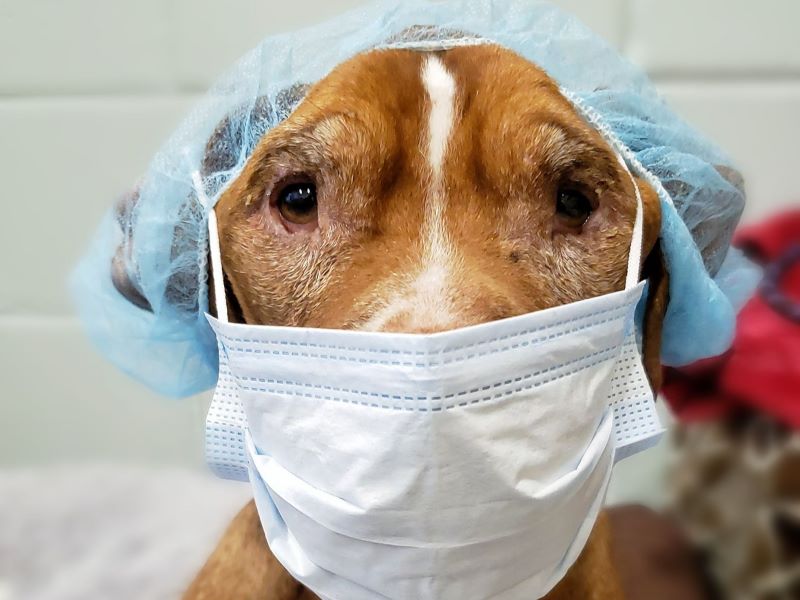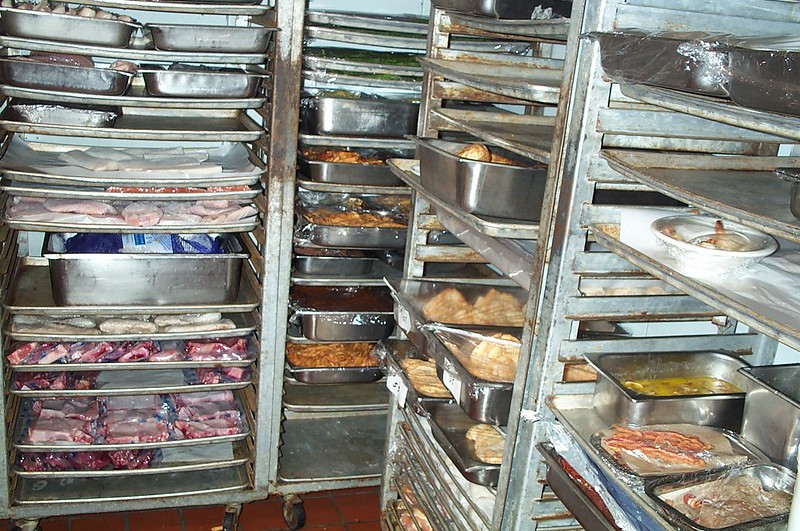Food Safety Training in MN focuses on how to keep the food you serve safe, but from time to time we feel it is important to discuss how to keep you safe on the job. Burn incidents occur frequently in this business. Our food safety training team would like to share a few burn prevention tips.
Food Safety Team Tips on Workplace Burn Prevention
Here are our top three ways to reduce your risk of a severe burn:
- Use mitts designed for hot handling
- Ensure that production line personnel keep hot pans safely off the line
- Exercise patience
Many chefs and food service professionals may disagree with our food safety team’s first suggestion, but we have seen quite a few burn incidents involving the use of a folded cloth towel and a hot pan. The cleaning towel’s design does not allow it to hold heat for an extended period of time, even when folded; it is not meant for that purpose. Cloth towels can also become damp or torn causing the heat to penetrate much faster.

Hot pans coming out of the oven and placed on the production line are a common sight in busy restaurants. You must emphasize to your staff that food on these pans should be plated promptly. Accordingly, the hot pan should be removed without delay. Having hot pans lying near where a food worker can pick it up can greatly increase burn risk.
Our last food safety suggestion is one of the easiest burn prevention tips to teach but the hardest to practice. The food service industry is intense and induces a natural pressure for quick performance. No matter how much pressure you are under, do not open a steamer before it has finished or empty a fryer basket of food before excess oil has drained.
Recommends For Burn First Aid
If you do receive a burn on the job, it is important that you take care of it immediately to prevent further damage. The first thing you need to do is to immerse the burn under cool, running water for 10-20 minutes. Skin care products like aloe vera cream or an antibiotic ointment and pain medication can usually treat outer skin burns. Finally, wrap the burn in gauze and keep it clean. If the burn is more serious a urgent care or emergency room visit is advised. In any serious case, it may be advisable to take some time to allow it to heal before going back to work.
Preventing burns in the food preparation environment is certainly not the only issue that our food safety team can address. There are many hazards that are specific to the food service industry. Our food safety team would like to know which ones are of the most concern to you, and what hazards you would like to see covered in a future blog.



